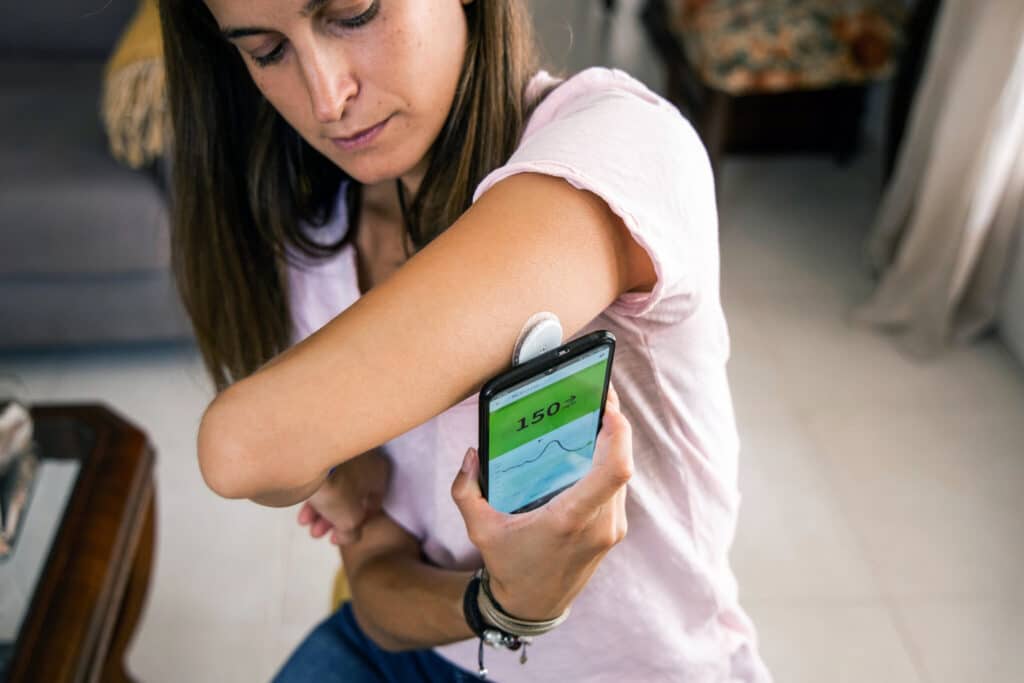Bridging Health Disparities: CGM Technology in Type 2 Diabetes Care for Underserved Patients
A recent study suggests that leveraging Continuous Glucose Monitoring (CGM) technology could significantly enhance glycemic control for underserved individuals managing Type 2 Diabetes (T2D).
Published in Clinical Therapeutics, this study sheds light on the transformative potential of CGM devices in mitigating health disparities among patients who might face barriers to accessing such technology.
Pioneering Study Unveils Promising Results
The study encompassed 41 patients from medically underserved backgrounds, providing them with CGM readers and sensors at no cost during routine clinical visits. Please fill out the form if you or a friend would like more information on glucose monitoring devices.
Regardless of their insurance status or treatment therapies, these patients were empowered to utilize CGM technology, presenting a marked opportunity to evaluate its impact on glycemic control.
Read Guide about Wegovy Dosage Guide: The Best Way For Weight Loss
Insightful Findings and Transformative Implications
The research revealed noteworthy outcomes, showcasing a significant reduction in HbA1c levels post-CGM implementation for both insulin-treated and non-insulin-treated patients.
Of particular interest was the substantial improvement observed in patients receiving collaborative care involving clinical pharmacists alongside CGM use.
This collaborative model demonstrated the most profound decrease in HbA1c levels, underscoring the potential of multidisciplinary diabetes management in fostering better health outcomes.
Must Read CGMs in noncritical care hospitals optimizes glycemic control
A Glimpse into the Future of Diabetes Care
While the study emphasized the immediate impact of CGM technology on glycemic control, it also hinted at its lasting influence beyond device discontinuation.
This long-term impact holds promise in addressing persistent challenges associated with uncontrolled diabetes, offering a beacon of hope for sustained improvement in health outcomes.
Empowering Patients and Enhancing Care Strategies
The study’s authors emphasized the transformative potential of expanding access to CGM devices for underserved patients. They advocated for broader availability of such technology, foreseeing its ability to empower patients to comprehend their condition better, consequently influencing long-term health outcomes positively.
Shaping a Collaborative and Inclusive Approach
Furthermore, the findings emphasized the pivotal role of collaborative care models, highlighting the significance of involving diverse healthcare professionals, such as clinical pharmacists, in diabetes management. This interdisciplinary approach could be instrumental in achieving superior health outcomes for individuals navigating T2D.
Addressing Challenges and Forging Ahead
However, challenges remain concerning the financial and logistical aspects of accessing CGM devices and multidisciplinary care. Future research endeavors should focus on resolving these barriers to ensure comprehensive and equitable diabetes care for millions grappling with T2D.
Also, read about Future of Diabetic Macular Edema Treatment
A Call for Expanded Access and Empowerment
In summary, the study illuminates the transformative potential of CGM technology, advocating for its expanded accessibility among underserved populations. The integration of such innovative tools into diabetes care not only signifies a pivotal step in addressing health disparities but also holds the promise of enhancing the well-being of individuals managing T2D.
Empowering Patients for Long-term Wellness
“Expanding access to newer technologies like CGM devices may provide a resource to further empower patients in understanding their disease process effectively,” remarked the study authors. This empowerment, they emphasized, could wield a profound influence on long-term outcomes and glycemic control, fostering a future of improved health for those with T2D.


